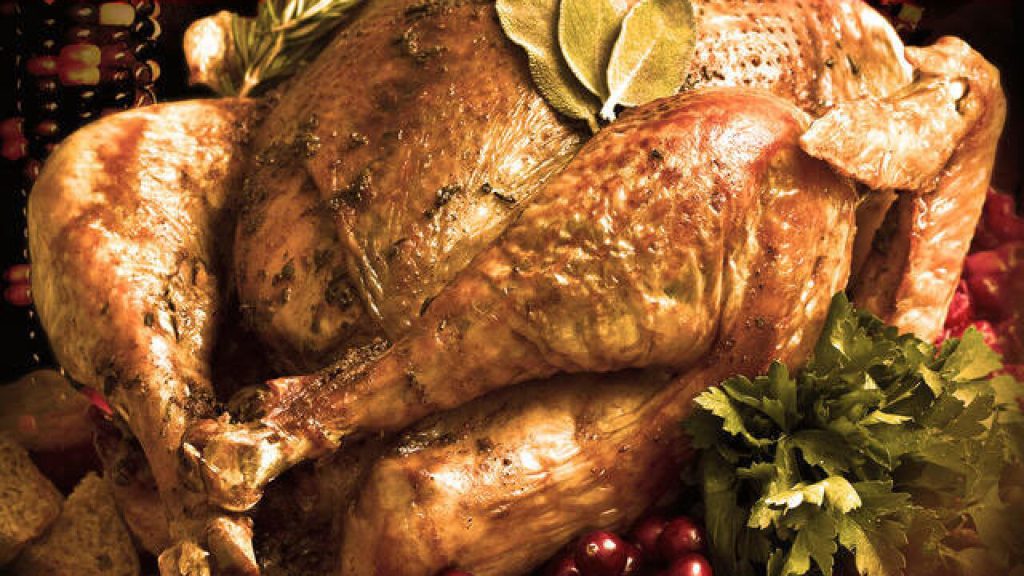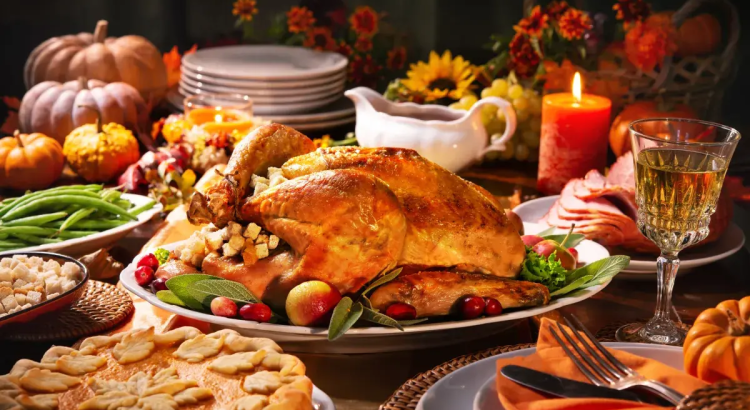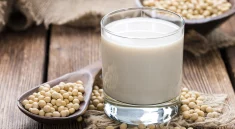Chamberlains of London – Canadian Thanksgiving arrives earlier than many expect, bringing unique traditions and a rich harvest story. Canadian Thanksgiving lands on the second Monday in October, weeks ahead of the American celebration. This timing reflects Canada’s cooler climate and earlier harvest season. Families gather across the country to share meals, express gratitude, and enjoy the long weekend. Unlike the American version, Canadian Thanksgiving does not center around parades or crowded stores. Instead, it highlights family connections, warm gatherings, and a deep respect for the land. Many Canadians take this time to appreciate the changing seasons, enjoy comfort food, and reflect on personal blessings. The holiday’s calm and cozy atmosphere reflects a long tradition of community and thankfulness. Its early arrival offers a quiet moment before the winter months set in. This annual celebration remains a beloved part of Canadian culture, blending history, harvest, and heartfelt gratitude.
When Do Canadians Celebrate Thanksgiving

Canadian Thanksgiving always happens on the second Monday in October, aligning with the country’s harvest cycle. This timing allows families to celebrate after farmers bring in their crops. Canadian Thanksgiving also creates a peaceful long weekend across many provinces. People travel home, gather with loved ones, and enjoy cozy seasonal activities. The holiday is statutory in most provinces, but some regions treat it as a regular workday. For example, British Columbia recognizes it officially, while some Atlantic provinces do not. The earlier celebration fits the colder Canadian climate, where harvest finishes sooner than in the United States. Families appreciate the break from routine, savoring good food and warm company. Unlike American Thanksgiving, there are no massive shopping events or crowded parades. People prefer slower moments, shared meals, and quiet reflection. This timing and atmosphere make Canadian Thanksgiving a uniquely heartfelt celebration.
“Read about: Pep Stock Soars as PepsiCo Earnings Smash Estimates Driven by International Sales”
How Canadian Thanksgiving Began
The history of Canadian Thanksgiving reaches back to 1578. Explorer Martin Frobisher held a simple feast in what is now Nunavut to give thanks for surviving icy storms. This event occurred long before the Pilgrims reached Plymouth. Later, settlers from Europe brought their harvest festivals and religious traditions. These practices helped shape the holiday into a national event. Over time, Canadians embraced the idea of celebrating a successful harvest and expressing gratitude. In 1957, the Canadian Parliament officially set the holiday on the second Monday in October. Before that, the date moved around the calendar. Sometimes it fell in late October or early November. This permanent change created a consistent moment of national reflection. Canadian Thanksgiving blends Indigenous agricultural influences, European traditions, and a uniquely northern harvest rhythm. Its roots reflect survival, gratitude, and a deep connection to the land that continues today.
“Read more: Breakthrough: Ernest Nichols Linked to Deadly Inmate Killing at Greene Prison”
Thanksgiving Traditions Across Canada
Canadian Thanksgiving brings families together to share meals and enjoy the season. The holiday often includes turkey, stuffing, and cranberry sauce, but regional flavors add variety. In Western Canada, families may serve salmon as the main dish. In Newfoundland and Labrador, some include salted beef, adding local tradition to the table. In Nova Scotia, butter tarts often sit beside pumpkin pie. Football also plays a part, with the Canadian Football League hosting its Thanksgiving Day Classic. Families spend time together, often traveling during the long weekend. Schools and workplaces may close in some regions, while others stay open. People decorate homes with autumn colors, symbolizing abundance and gratitude. These customs give each region a personal way to celebrate. Canadian Thanksgiving may not have parades or giant sales, but it offers warmth, connection, and a rich sense of belonging.
American vs Canadian Thanksgiving
American and Canadian Thanksgiving share similar themes but differ in timing and history. Canadian Thanksgiving happens in October, while the American version takes place in late November. Canadian Thanksgiving focuses on the harvest season, while American celebrations highlight a feast between Pilgrims and Indigenous people. The Canadian holiday feels more like a harvest festival, with cozy gatherings and less commercial noise. American Thanksgiving often kicks off the holiday shopping season. Canadian traditions remain quieter and more focused on family meals. The early timing reflects Canada’s climate and agricultural rhythm. Both holidays carry historical ties to Indigenous cultures and agriculture. Each celebration shows how gratitude can shape national identity in different ways. People in both countries honor their heritage through food, family, and reflection. The differences highlight unique histories, while the shared gratitude connects these celebrations on a deeper level.
Giving Thanks Today
Across Canada, people celebrate Canadian Thanksgiving in personal and meaningful ways. Many gather around tables to share food and laughter. Others use the day to reflect on health, family, and the blessings in their lives. Some give thanks to God, continuing a centuries-old tradition. Communities embrace local customs that make the celebration special. From British Columbia to Newfoundland, the holiday unites people across distances. Modern celebrations may include classic dishes or creative new recipes. Outdoor activities like walks, hikes, or autumn festivals often enhance the day. Canadian Thanksgiving remains less commercial and more heartfelt. People value quiet moments, warm homes, and meaningful conversations. This tradition strengthens family bonds and connects communities. The celebration’s gentle nature reflects Canada’s spirit of gratitude and unity. Year after year, Canadian Thanksgiving continues to remind people to slow down and appreciate life.
This article is sourced from howstuffworks and for more details you can read at chamberlainsoflondon
Writer: Sarah Azhari
Editor: Anisa



